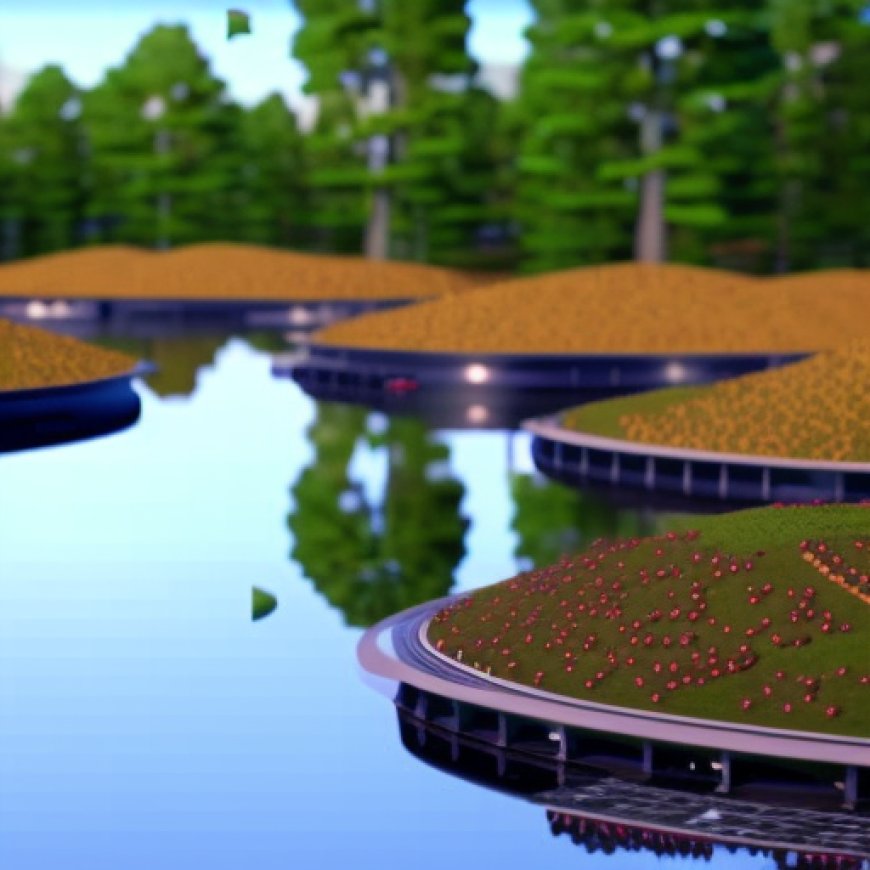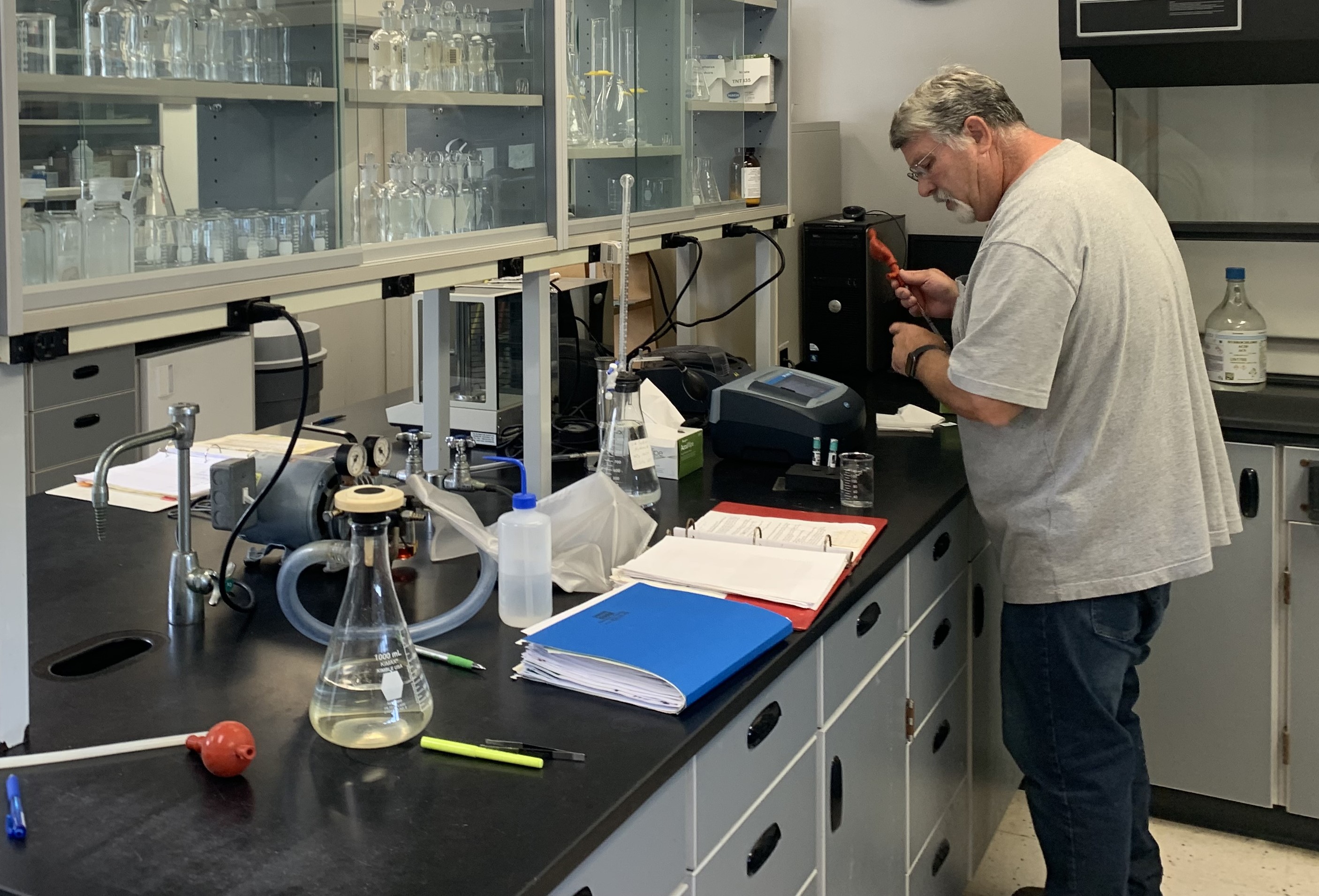118 wastewater treatment plants across Washington receive Ecology award


Washington Wastewater Treatment Plants Recognized for Outstanding Performance
Introduction
Washington has more than 300 wastewater treatment plants that play a critical role in protecting water quality in rivers, lakes, and Puget Sound. These facilities deal with everything homes and businesses flush down the drain. Each year, the Washington Department of Ecology honors some of these wastewater treatment plants with the agency’s Outstanding Performance Award for achieving excellent compliance with their water quality permits.
Importance of Wastewater Treatment Plants
Wastewater treatment plants provide a critical service to communities by protecting water quality. Despite being often overlooked, the work of wastewater treatment operators deserves recognition for their efforts in serving their communities and safeguarding water quality. Vince McGowan, Ecology’s Water Quality program manager, emphasizes the importance of acknowledging the hard work of these operators.
Evaluation Criteria
The awardees were determined based on various permit conditions, including regularly meeting numeric effluent limits, conducting monitoring, and reporting data as required. The evaluation process ensures that the recognized wastewater treatment plants consistently meet the standards for outstanding performance.
Achievements and Recognition
Ecology is recognizing 118 facilities for their operations in 2023. Some of the award highlights include:
- Facilities recognized for the first time: Basin City Mobile Home Park Wastewater Treatment Facility, Fairchild Mobile Home Community Wastewater Treatment Plant, Farmington Wastewater Treatment Facility, Tekoa Wastewater Treatment Facility, Walla Walla Water District No. 2 Wastewater Treatment Facility, and Warden Water Reclamation Facility.
- Facilities receiving their fifth consecutive award: Sunnyside Wastewater Treatment Facility, Alder Lake Park Wastewater Treatment Plant, Alderbrook Resort & Spa Wastewater Treatment Plant, North Bonneville Wastewater Treatment Plant, Satsop Business Park Wastewater Treatment Plant, Sequim Water Reclamation Facility, Everson Wastewater Treatment Plant, Kitsap County Sewer District #7 Wastewater Treatment Plant, Crescent Bar Wastewater Treatment Facility, and Clarkston Wastewater Treatment Plant.
- Facilities receiving their 15th consecutive awards: Newhalem Wastewater Treatment Plant and Wishram Wastewater Treatment Plant.
- Facilities that have been recognized at least 20 times: Chambers Creek, Discovery Clean Water Alliance Salmon Creek, Eatonville, Lake Mayfield, Manchester, Vancouver Marine Park, Newhalem, Port Townsend, and Vancouver Westside.
For the full list of recipients, please visit the Ecology website.
Contributing to the Solution

Wastewater treatment operators do many jobs in a day, including testing samples in a lab
With the state’s growing population, there is a need for more wastewater treatment plant operators. If you have experience as, or working for, a plumber, welder, machinist, mechanic, laboratory technician, engineer, or as an operator at a similar facility, you might have the right type of experience for this work. Ecology’s certification program for wastewater operators website provides more information on how to get involved and contribute to the solution.
SDGs, Targets, and Indicators
1. Which SDGs are addressed or connected to the issues highlighted in the article?
- SDG 6: Clean Water and Sanitation
2. What specific targets under those SDGs can be identified based on the article’s content?
- Target 6.3: By 2030, improve water quality by reducing pollution, eliminating dumping and minimizing release of hazardous chemicals and materials, halving the proportion of untreated wastewater and substantially increasing recycling and safe reuse globally.
3. Are there any indicators mentioned or implied in the article that can be used to measure progress towards the identified targets?
- Indicator 6.3.1: Percentage of wastewater safely treated
The article highlights the importance of wastewater treatment plants in protecting water quality. It mentions that the Washington Department of Ecology evaluates these plants based on permit conditions such as regularly meeting numeric effluent limits, conducting monitoring, and reporting data as required. This indicates that the plants are working towards improving water quality and reducing pollution, which aligns with SDG 6 and its target 6.3. The indicator 6.3.1, which measures the percentage of wastewater safely treated, can be used to track progress towards this target.
4. Table: SDGs, Targets, and Indicators
| SDGs | Targets | Indicators |
|---|---|---|
| SDG 6: Clean Water and Sanitation | Target 6.3: By 2030, improve water quality by reducing pollution, eliminating dumping and minimizing release of hazardous chemicals and materials, halving the proportion of untreated wastewater and substantially increasing recycling and safe reuse globally. | Indicator 6.3.1: Percentage of wastewater safely treated |
Source: ecology.wa.gov








